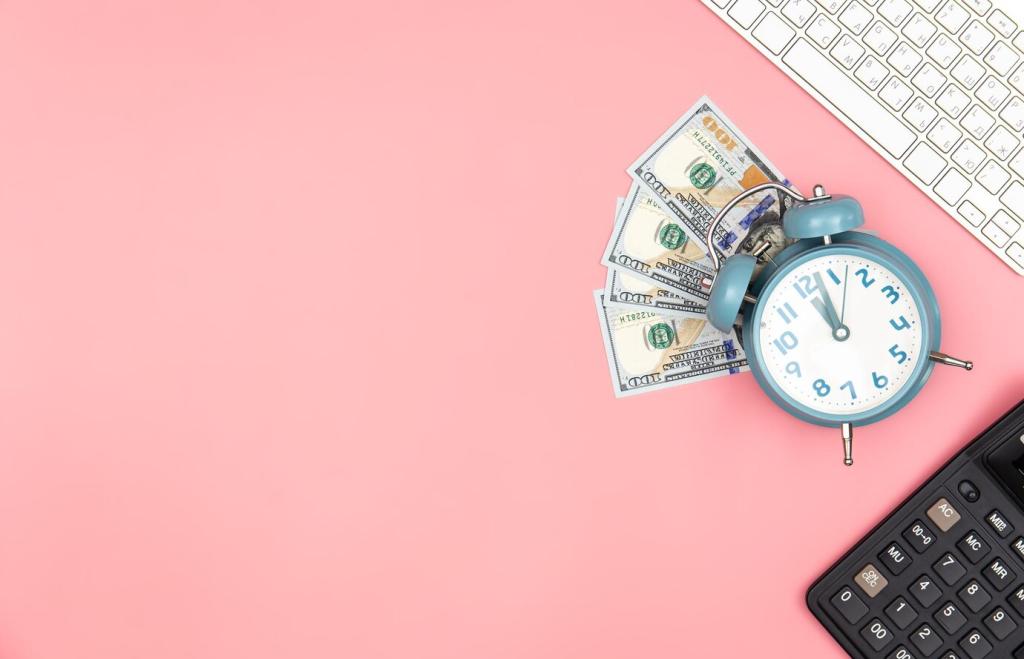Start Smart: Setting Up Your First Budget in an App
Generic templates rarely match your lifestyle. Start with categories that reflect actual spending—groceries, transit, rent, joyful treats, pet care, gifts. Keep it lean, then split categories once patterns appear. Clear names reduce friction, making it easier to track and adjust without second-guessing every swipe.
Start Smart: Setting Up Your First Budget in an App
Connect primary checking and main credit cards first, not every account you own. This keeps your dashboard clean and reduces noise. Turn on read-only access where possible, and verify two-factor authentication. A tidy data stream ensures your app reflects reality without overwhelming you with outdated or duplicate transactions.
Start Smart: Setting Up Your First Budget in an App
Budgeting isn’t a test; it’s a conversation with your future self. During week one, tag expenses daily and accept mistakes as part of calibration. Mia, a reader, discovered three forgotten subscriptions by day three, canceled two, and redirected the savings to a weekend hike fund. Small wins fuel momentum.






